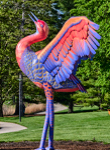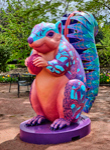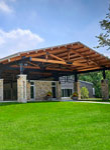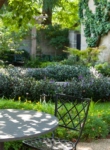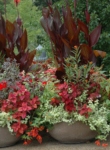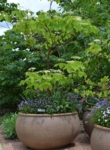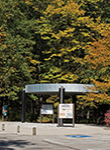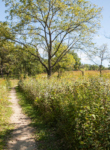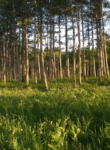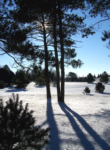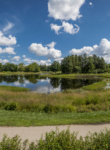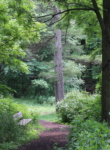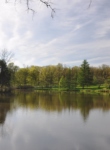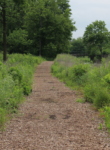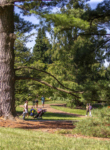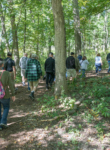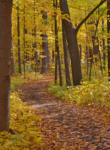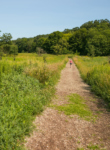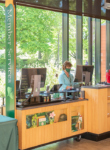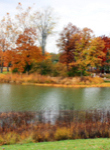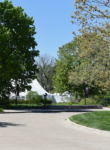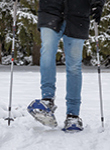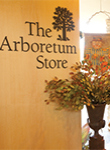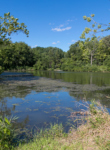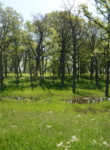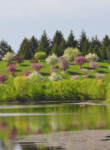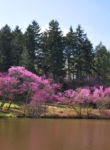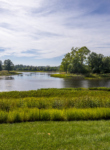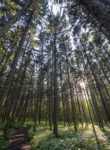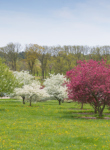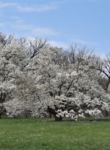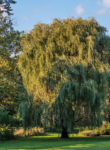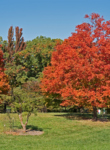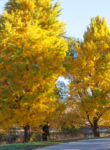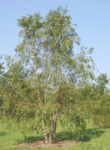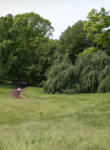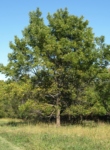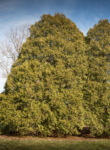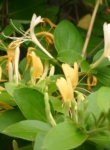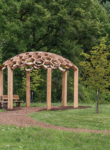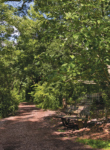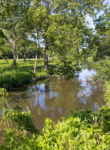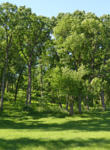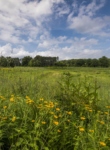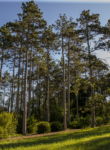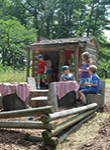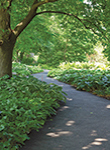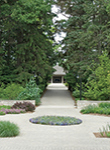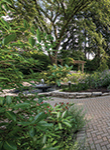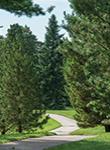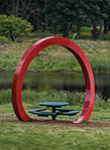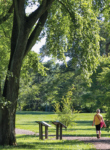Winter honeysuckle is an exotic weed in Illinois. The Illinois Exotic Weed Act prohibits the sale or distribution of this plant in Illinois. This shrub’s main method of spreading is by seed, aided by animals who consume its fruit. It commonly grows in forests, fields, and disturbed sites. It was originally introduced from Asia as an ornamental, but today is found in parts of the South and Midwest United States. Winter honeysuckle’s quick and easy spreading habits allow the shrub to develop dense growth. This can reduce the amount of light and space accessible to native plants.
As an alternative, sweetbay magnolia (Magnolia virginiana) is a tree of slightly larger size and similar appearance. It is native to the Southeast region of the United States. There are a number of native and non-native species that could be used in place of winter honeysuckle. More desirable species may be found using the online Search Trees and Plants page of the Arboretum website. Before purchasing or planting, be sure to check for any local or state guidelines on this species, and ensure that this plant is suitable for its habitat by checking its attributes at mortonarb.org or plants.usda.gov.
- Family (English) Honeysuckle
- Family (botanic) Caprifoliaceae
- Tree or plant type Shrub
- Foliage Deciduous (seasonally loses leaves)
- Native locale Non-native
- Size range Medium shrub (5-8 feet), Large shrub (more than 8 feet)
- Light exposure Full sun (6 hrs direct light daily), Partial sun / shade (4-6 hrs light daily)
- Hardiness zones Zone 4, Zone 5 (Northern Illinois), Zone 6 (City of Chicago), Zone 7, Zone 8
- Soil preference Moist, well-drained soil
- Other tolerances Alkaline soil, clay soil, Occasional drought
- Season of interest late winter, early spring
- Flower color and fragrance Fragrant, White
- Shape or form Mounded, Multi-stemmed, Round, Thicket-forming
- Growth rate Fast
